What we learn together
The Story of the Third Girl
Once upon a time, there lived three girls.
The First Girl
The first girl has lived her whole life without a safe water source. For as long as anyone in her family can remember, people have always fetched water from a stream a mile and a half away from her house.
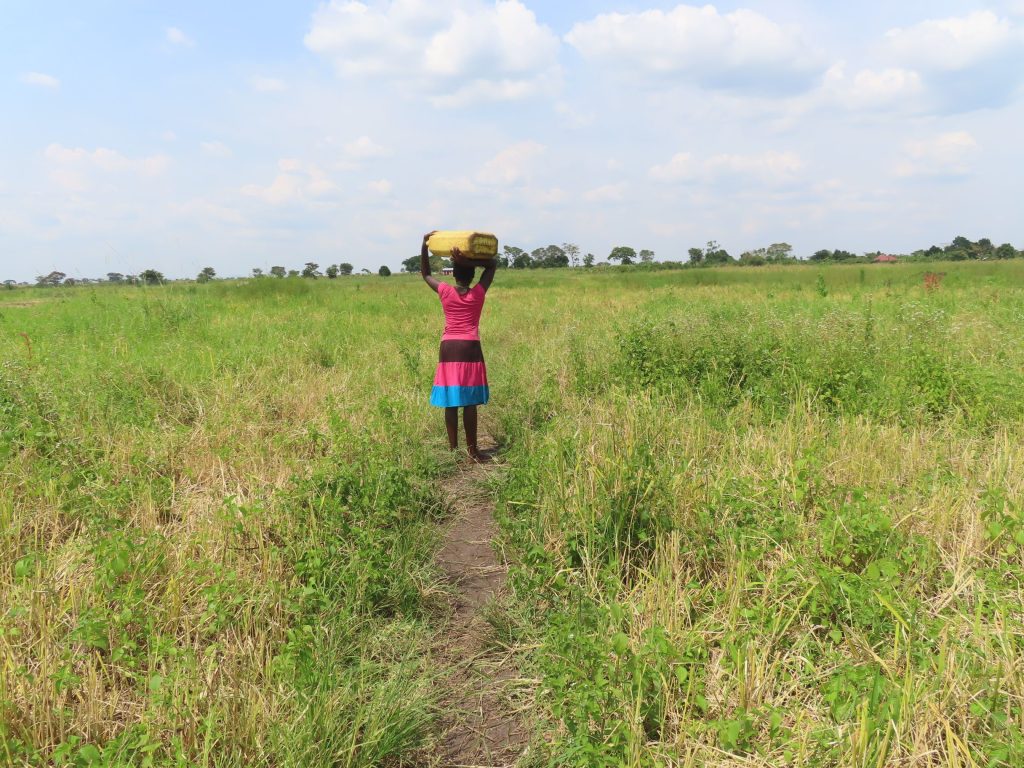
She’s thankful, at least, that the stream is halfway between home and school. Because of this, she doesn’t have to go out of her way in the mornings when she has to collect water to bring to school, along with her books and notebooks.
The girl gets sick a lot; she has never been able to attend school for an entire week because she’s constantly suffering from diarrhea. Even though she brings a cloth to shield the top of her head from the bottom of her jerrycan, she’s missing some hair on top of her head from the long walks back and forth to the stream to fetch water for her household.

She can only plan so far ahead when she thinks about her future because every day is a struggle.
She wakes up and fetches water for home. She bathes, gets dressed, eats breakfast, and then brings water to school on her way there. In class, her teachers ask her to walk back to the stream — sometimes up to ten times per school day. On her way home, she collects water. When she gets home, she goes to the stream again.
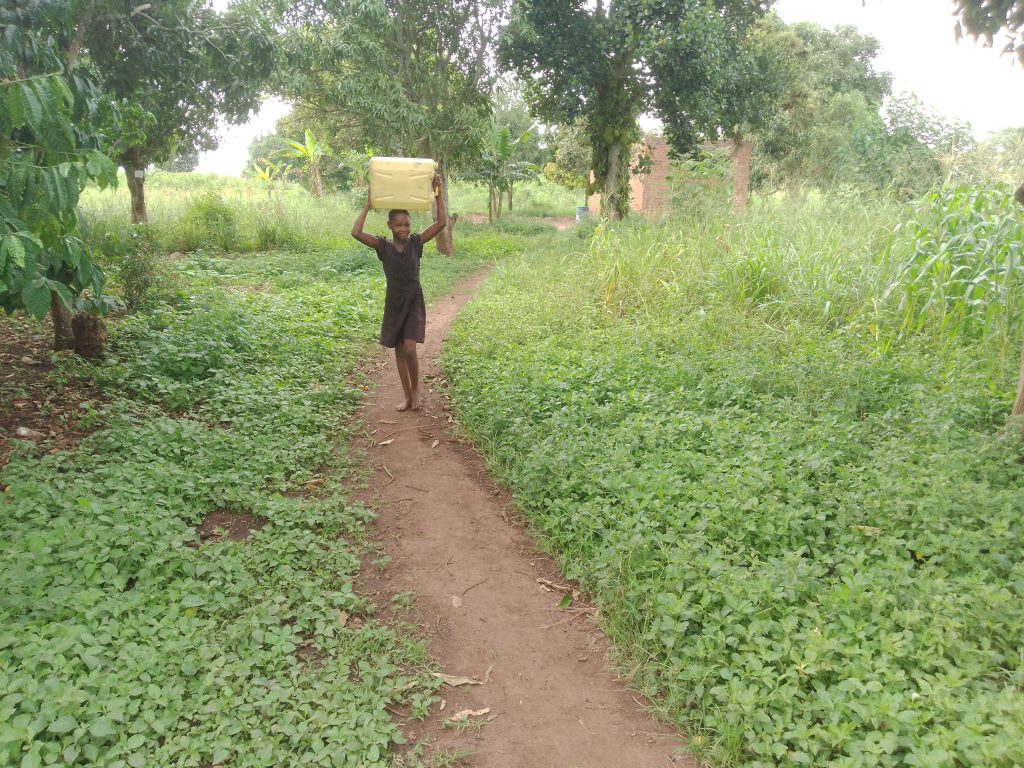
The first girl’s only plan is to fetch water and to survive when she gets sick again.
The Second Girl
The second girl’s situation was the same as the first girl’s until a year ago when some organization whose name she can’t remember came and installed a well in her community. For a while, everything was good, and people were happy. But then the well started to break down, and the organization doesn’t come out to fix it for long periods.
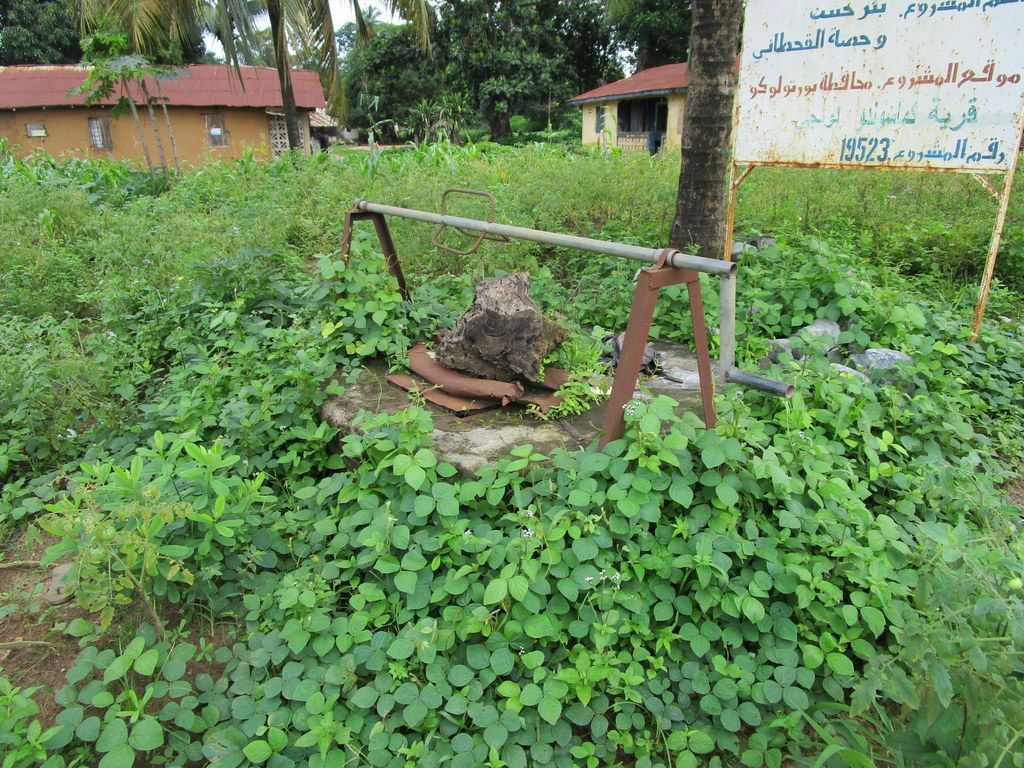
When the well was new, the second girl changed her school route to go by that way each morning. But now, going there is a gamble because the well sits in the center of her community, and the route to school takes her in the other direction. The second girl knows the well water is cleaner, but walking the extra miles isn’t worth the trouble if she ends up with an empty container.
And even if the well is working, there aren’t enough water sources for everyone around where she lives, so there’s a line of people waiting for water every morning and evening when people are trying to go to work and school or to prepare for their evenings. The adults in line won’t let the school kids go ahead of them because they say children should respect their elders and let them go first. But the longer she waits, the later she will arrive at class, and she doesn’t want to get punished again.
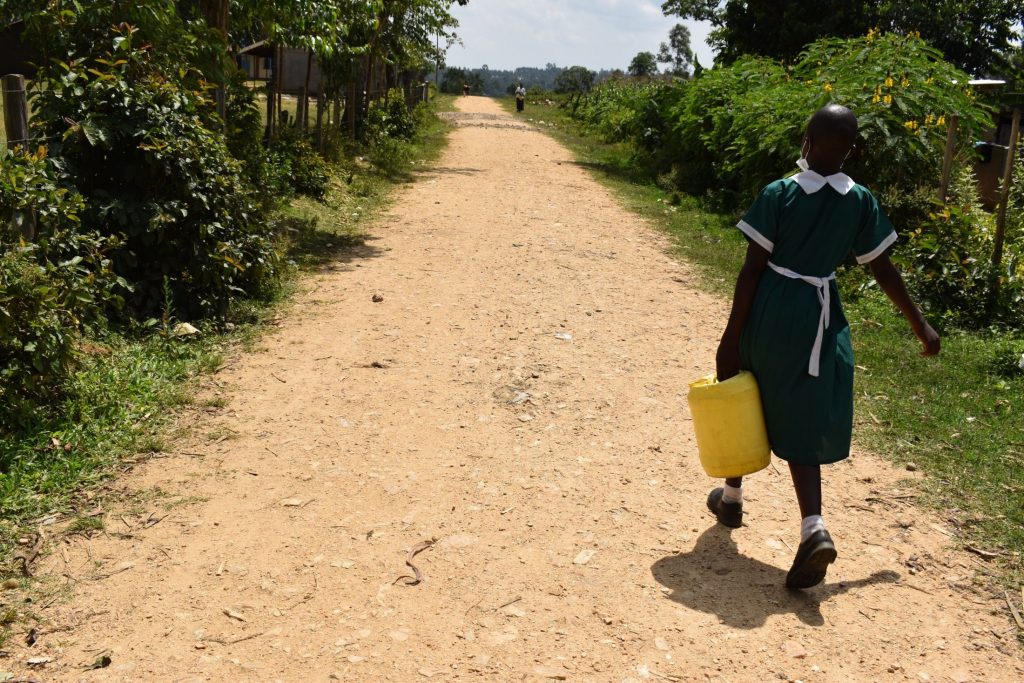
So, to avoid that struggle, the second girl usually chooses the more convenient option: the stream.
But the stream’s water is still taking a heavy toll on her health. She has a recurring case of typhoid, which is expensive to treat. Her parents are already struggling to pay for her school fees, uniforms, and books, and she’s missed so many classes already. Her older sister had to drop out of school once she got her period, and the second girl knows her period is due any day now. She fears the shame of going to school feeling unclean.
Her family thinks it might be easier to keep her out of school next term since a man on their community’s other side has already offered her a bride price.
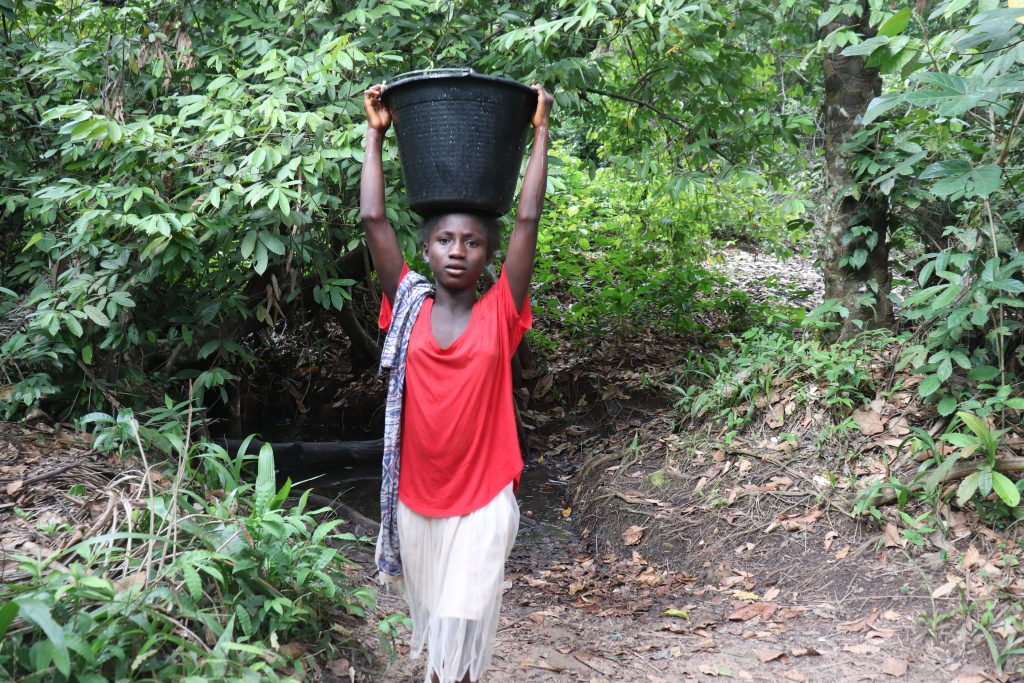
She’s a little young to get married, but if she has kids of her own, soon enough, she’ll be sending them to the stream for water, and at least then, her days will look different than this endless trudge back and forth to the stream. Maybe, then, her hair would even grow back.
The Third Girl
The third girl wakes up thinking about her school day, assuring herself she did all her homework as she bathes, dresses, and gets herself ready. The night before, she collected water from the protected spring just a ten-minute walk from her home, so she doesn’t need to worry about any chores now. She leaves for school without any water container in her hand or on her head.
She arrives on time and helps other students mop the classroom floor. They’re not exactly happy to mop the floor, but they much prefer doing the chore over coughing up dust like they did before the borehole well was installed on school grounds a year ago.
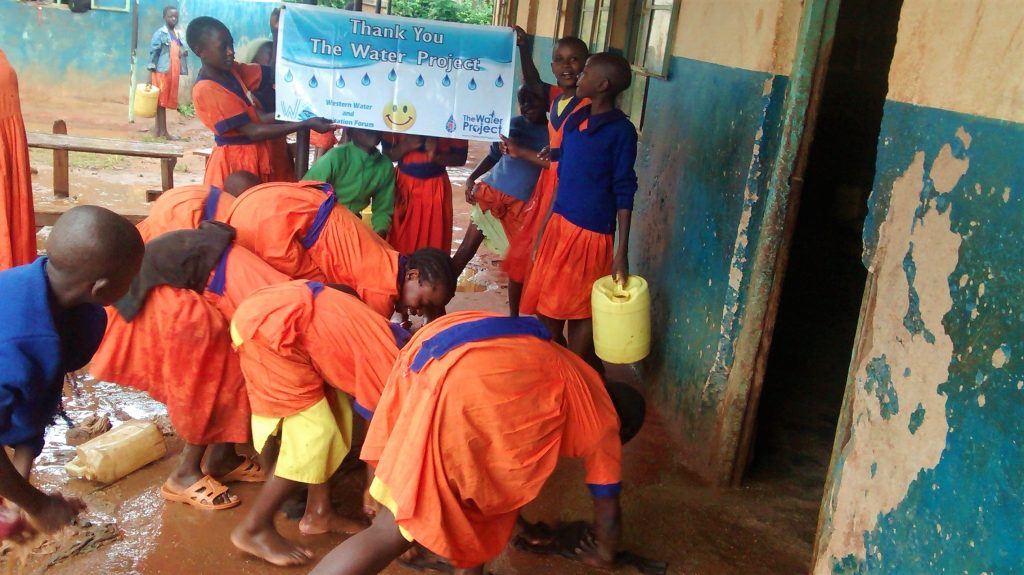
She brings a cup to the borehole well throughout the morning whenever she gets thirsty and washes the cup at the end of the day. She’s grateful, recalling when the school couldn’t keep enough water on hand to supply the pupils with lunch. It’s so much easier to concentrate with a full belly.
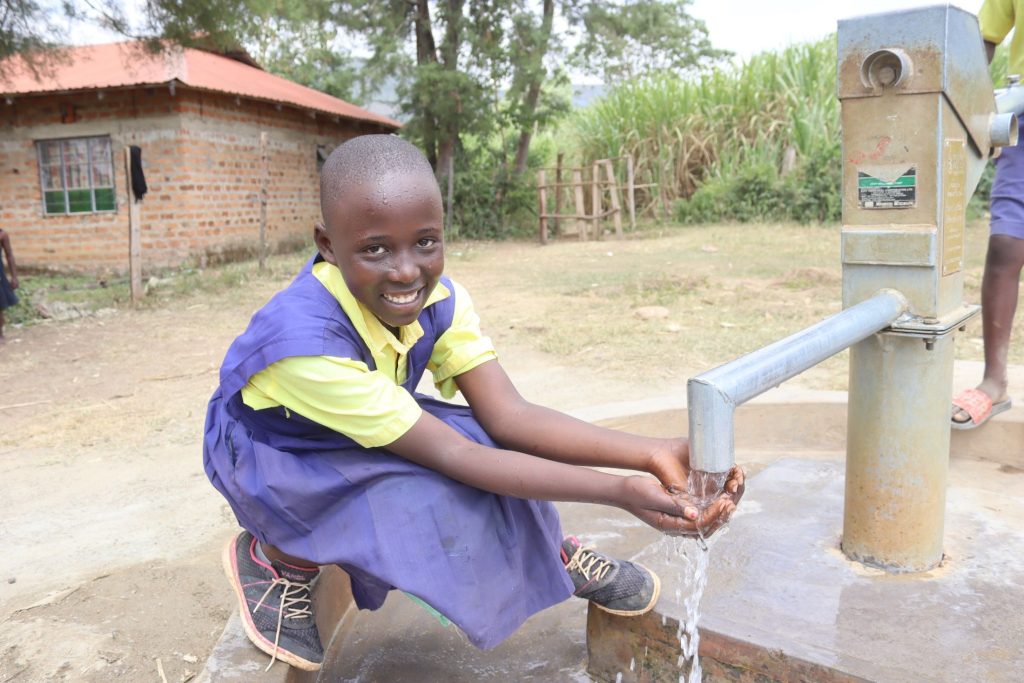
She hasn’t been sick in a long time. She feels strong and healthy. She’s considering a microbiology degree if she can pass all her secondary school exams. She wants to find out what used to give her diarrhea throughout all those long years without safe water in her childhood. Maybe she can help prevent other young girls from experiencing that by researching better, cheaper treatment methods for waterborne and water-related diseases.
The truth is, these three girls aren’t real — but their stories are. Girls just like these are living these same stories across our service regions in Kenya, Uganda, and Sierra Leone.
We’re often asked why we employ such a regional focus–why we install multiple water projects in the same communities rather than branch out to other areas. It’s because we’re working to solve a problem. We’re not signed up for a race to build the most water projects across the biggest surface area, because that wouldn’t improve anything for those first and second girls.
The first and second stories are playing on repeat all across sub-Saharan Africa, despite the different borders, cultures, and circumstances surrounding them, because each story has one fundamental detail in common: without enough water, and without reliable water, girls can’t claw their way out of the endless cycle they’ve been born into.
We’re on a mission to change this outlook for girls in our service regions, and we hope you’ll come along with us. Enough safe, reliable water sources will undoubtedly bring change and open up the world to this new generation of females learning their place in the world — and you can help make that happen.
Home More Like ThisTweet